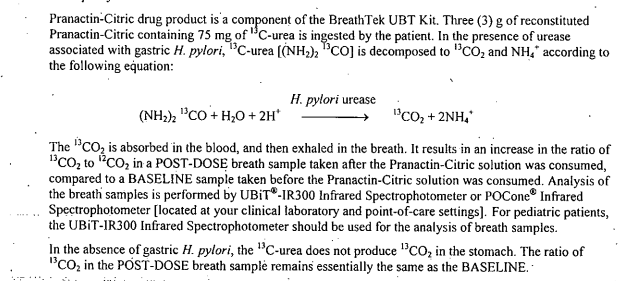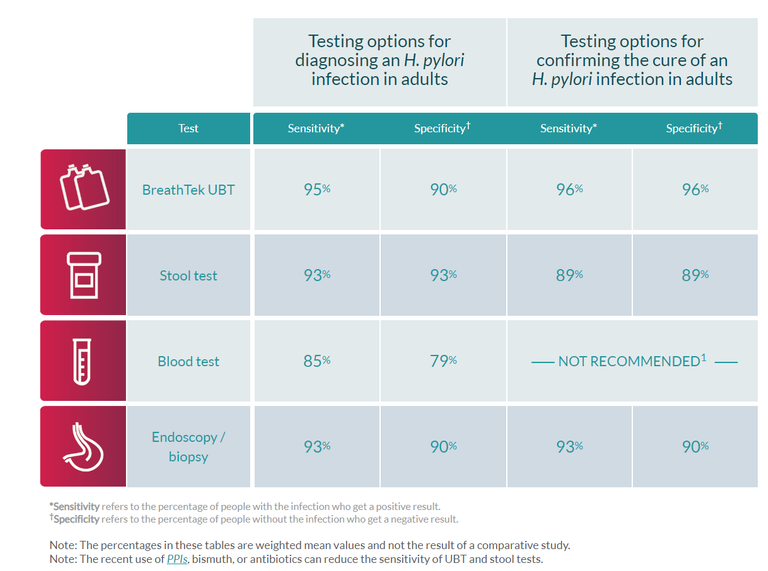Practical Microbiology: Testing for Helicobacter pylori
Story Time
One of my coworkers bought a house early this year. He has been working on it during his week off for some time. Recently, he found himself with an abdominal hernia. Lucky for him, elective surgeries are starting back up. I can't imagine stay in pain for an indefinite time while under lockdown.
What does this has to do with H. pylori? Well, his primary physician figured he could order a test for this bacteria. The idea is to prove that the discomfort is not caused by an ulcer due to the germ. Of course, the doctor admits that it was most likely a hernia. To have a proper diagnosis, he referred my colleague to a surgeon.
Some Other Current Methods
Usually, the microbiology performs some sort of stool test for Helicobacter. Then, there are serological tests over at chemistry department that utilize blood samples. Another method would be a biopsy for culture. Unfortunately, such specific culture tends to be only available at a reference lab.
Even I have not seen too many stool antigen tests over the years. It's not a common issue for clinicians to treat despite how widespread the bacteria seem to be.
None of these options seem particularly appetizing. Lucky for my coworker, he had the luxury of taking a breath test. That's right, it is possible to test for presence of H. pylori via changes in your breath.
BreathTek® UBT
This is a product by Otsuka America Pharmaceutical, Inc. How does it work? In short, you breathe into a bag for a baseline. Then, you ingest the Pranactin®-Citric drug solution, which would cause this reaction:

Source
You wait for 15 minutes and you breathe into another bag. The samples are then analyzed on UBiT-IR300 or POCone Infrared Spectrophotometer. Your doctor would interpret the data after. I have never performed infrared spectroscopy. So, there's not much I could tell you about it aside from it measures energy absorption.
Here's the demo video from the manufacturer for those of you who are too lazy to read:
https://www.breathtek.com/sites/g/files/qhldwo1976/files/2019-01/product-demo-video.mp4
Of course, they do boast about their product's effectiveness in a chart.

This may sound like the nerdiest thing, but my coworker and I enjoyed reading about this test method. Our profession is sometimes a reflection of our nature. It turns out, the hospital I work at do collect breath test samples. They send them out for testing at another site.
You can find more information behind this test from the FDA. For those who like to scrutinize the science and technology behind things, it's a good read.
Infrared spectrometer with breath samples seems way better than an intestine Biopsie. And it appears to be more conclusive too 🧐🧐
Wonder why they advise against testing babies though
The lab reference levels for paediatric patients are usually different from adults. It’s one of the reasons why Primary Children’s Hospital is a thing.
But, they have made that breakthrough in the last few years.
https://www.breathtekhcp.com/pediatric-use
The FDA info I cited there is from earlier.
Thanks for your contribution to the STEMsocial community. Feel free to join us on discord to get to know the rest of us!
Please consider supporting our funding proposal, approving our witness (@stem.witness) or delegating to the @steemstem account (for some ROI).
Please consider using the STEMsocial app app and including @stemsocial as a beneficiary to get a stronger support.
Wow, this is all over my head. It is interesting though! Nice post!
It's a less inconvenient test.
This is an interesting test and it looks easier for patients with suspected H. pylori cases. I guess it is a relatively new procedure and will require a bit of training in order to interpret the result. I will really love to research further into this. Thanks for bringing it to my notice.
Dive in. There's quite a bit to read.
All I am used to as far as testing for H. pylori is concerned is the serology method. This is totally new to me and an eye-opener. I wonder why it is not a thing around here.
It's relatively new.
I have only done the stool version and a urease test from biopsy. This test is 10x easier on the patients.